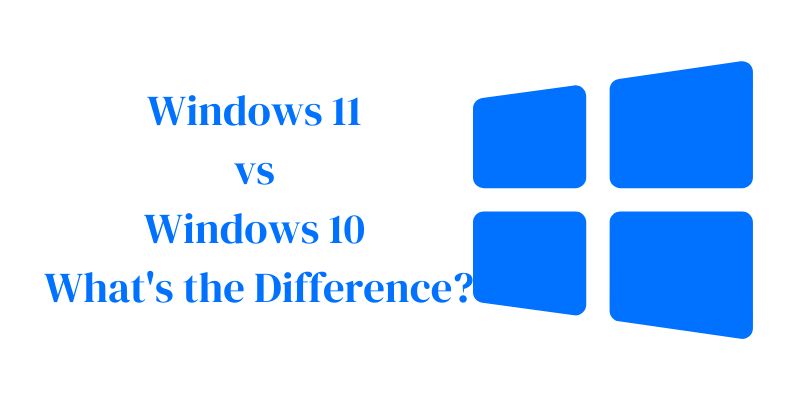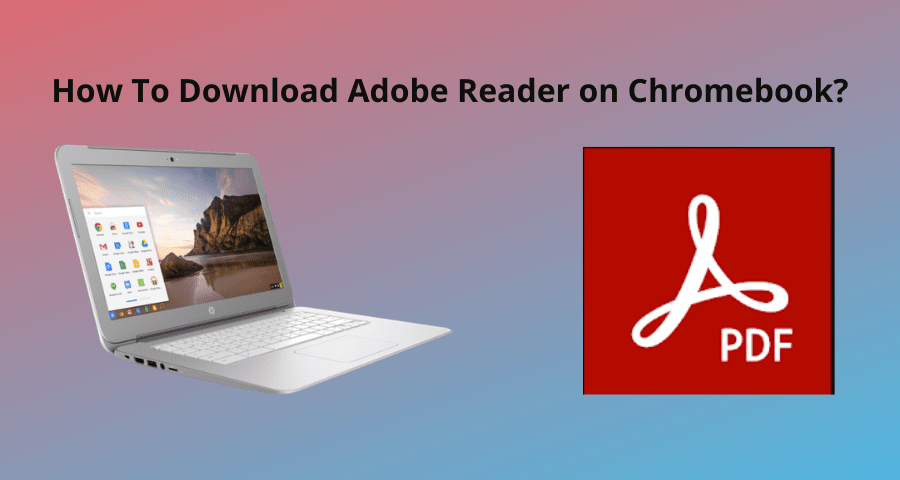As technology advances, so do operating systems, and Microsoft has been at the forefront of this evolution for decades. With the release of Windows 11, the tech giant aims to provide users with a more streamlined and modern computing experience. In this article, we will discuss the key differences between Windows 11 vs Windows 10, highlighting the new features and improvements that make Windows 11 a compelling upgrade.
Difference between Windows 11 vs Windows 10
User Interface and Design
Windows 11 introduces a visually stunning and centered taskbar, where icons and shortcuts are aligned in the middle by default, contrasting the traditional left-aligned taskbar of Windows 10. The Start menu has also undergone a significant overhaul, featuring a clean and minimalist layout that displays pinned and recommended apps in a grid-like fashion. This design revamp offers a more cohesive and visually pleasing experience for users.
Performance and System Requirements
Windows 11 is optimized for better performance, promising faster boot times and improved efficiency over Windows 10. However, this comes with an increase in system requirements, as Windows 11 mandates a compatible 64-bit processor, 4GB of RAM, and 64GB of storage. Users with older hardware may need to consider upgrading their systems to fully utilize the benefits of the new OS.
Gaming Features
For gamers, Windows 11 introduces DirectStorage, a technology that significantly reduces load times and enhances overall gaming performance. While Windows 10 supports DirectStorage, Windows 11 optimizes it further, providing a more immersive gaming experience, particularly for those with modern NVMe SSDs.
Virtual Desktops and Snap Layouts
Virtual desktops are not new to Windows, but Windows 11 improves upon this feature, making it more accessible and user-friendly. Users can now create and manage multiple desktops for different tasks and projects with ease. Additionally, Snap Layouts and Snap Groups allow users to arrange windows and applications in predefined layouts for enhanced multitasking.
Microsoft Store
Windows 11 brings a redesigned Microsoft Store that offers a wider range of apps, including support for popular apps like Microsoft Teams, Adobe Creative Cloud, and more. Furthermore, developers can now use their own commerce platforms, allowing them to keep 100% of the revenue for their apps, a change from the more restrictive policies of the past.
Widgets
Windows 11 introduces Widgets, a feature that provides personalized news, weather, calendar events, and other relevant information directly on the desktop. Users can access Widgets with a simple swipe from the left side of the screen, offering a quick glance at their customized content.
Direct Integration with Microsoft Teams
Windows 11 integrates Microsoft Teams directly into the taskbar, making it more accessible for users to connect with colleagues and friends. This feature encourages seamless communication and collaboration, making it easier to set up video calls, chats, and virtual meetings with just a few clicks.
Redesigned Snap Assist
Snap Assist, the feature that allows users to snap windows to the edges of the screen, has been enhanced in Windows 11. Users now have access to a new feature called “Snap Layouts,” which offers more intuitive options for organizing multiple windows. Additionally, “Snap Groups” remember window arrangements across multiple virtual desktops, further improving multitasking.
Enhanced Touch and Pen Support
Windows 11 is designed with touch-based devices in mind, with improved touch and pen support. The operating system includes smoother touch gestures, making it easier to navigate the interface on touch-enabled devices. Additionally, the integration of haptic feedback provides a more tactile and responsive experience.
Gaming Improvements
While both Windows 10 and 11 support DirectX 12, Windows 11 comes with an updated version, DirectX 12 Ultimate, which introduces new gaming features like ray tracing and variable-rate shading. These advancements provide developers with more tools to create visually stunning and immersive gaming experiences.
Conclusion
Windows 11’s numerous improvements over Windows 10, ranging from visual design to gaming enhancements and increased productivity, make it a compelling upgrade for users seeking a more refined and feature-rich operating system. The integration of new features like Microsoft Teams, Widgets, and Android app support further enhances the user experience. However, the decision to upgrade should also consider hardware compatibility, as Windows 11’s increased system requirements might necessitate hardware upgrades for some users. Overall, Windows 11 represents a significant step forward for Microsoft, solidifying its commitment to innovation and user satisfaction.
You may also like:
How to Fix WiFi Not Working in Windows 7/8/10?







